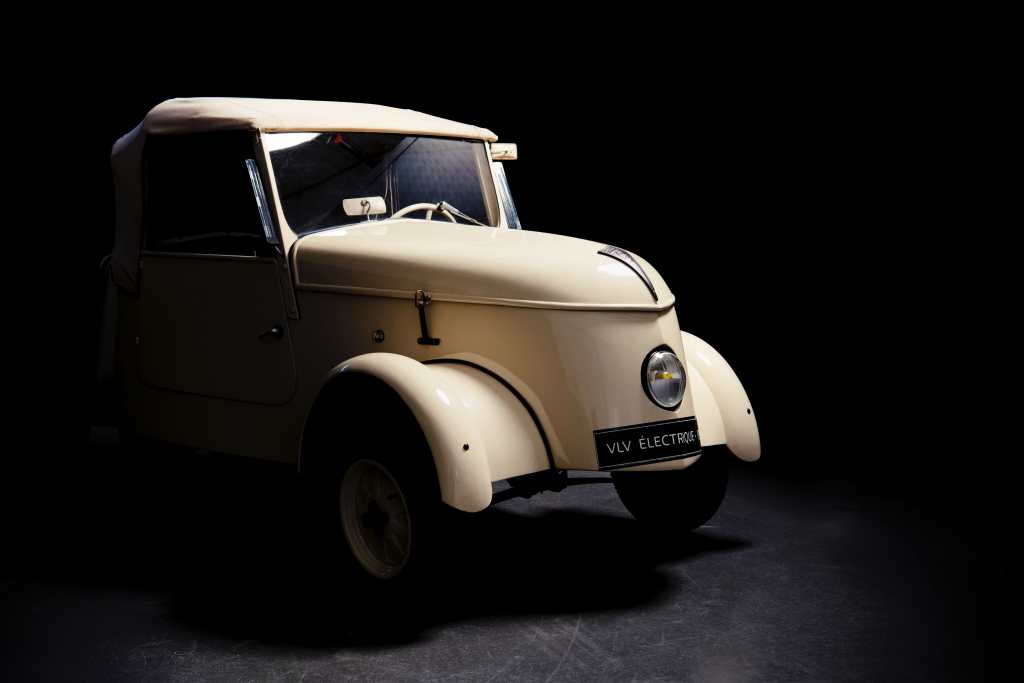In 1941, in the middle of Germany’s full occupation of France, fuel became scarce, Peugeot technicians were commissioned to develop an electric car as an emergency alternative. The result was the Peugeot VLV, which 80 years later becomes current again due to the promotion of the French group’s electrical program, which has recovered it to commemorate the start of its first work with this type of vehicle.
Its name, VLV, was the abbreviation of “Véhicule Léger de Ville,” which we can translate as “light city vehicle.” For this purpose, it was mainly intended for members of the postal service or doctors who had been requested by the occupying force’s vehicles or simply couldn’t get fuel because of rationing.
Nor was there much steel, destined for the production of military machinery. Hence, its designers had to design other than a small vehicle, using different materials that were less appreciated in the automobile industry at the time, such as aluminum.
A small vehicle barely 2.67 meters long, just enough to accommodate two occupants who were moving at a low-speed thanks to a small 1 kW motor connected to the rear axle. It had neither transmission nor a differential mainly because the rear wheels were almost glued, just 33 centimeters apart. Something that made him look quite curious.
It reached 36 km/h, and the energy came from a group of batteries located in the front area. These were made up of a system of 12-volt lead batteries that allowed him to travel 50 miles with each charge, which needed 10 hours to complete.
Peugeot manufactured 377 units of the VLV between 1941 and 1943 at its La Garenne factory near Paris. A production limited by the war situation and the lack of materials, and by the subsequent order to focus all activity on the creation of materials for the Second World War, ended his short career.
While Peugeot continued to focus its attention on diesel and gasoline engines after the war, it made a few forays into the world of the electric cars, such as the electrified version of the J5 van launched in 1989. More recently, the 106 electric from 1993, which reached a production of 3,542 units until the end of its days.
After that Peugeot publicly abandoned his work, and did not regain interest until the start of the new modern era of the electric car, but very discreetly with the renowned iOn, which was nothing more than a Mitsubishi with the logos of the French brand. It has been the prelude to a step forward made this period 2019-2020, with the launch of an ever-widening offer and to which the icing on the cake in 2023 will be the arrival of the first dedicated platform for electric cars.

